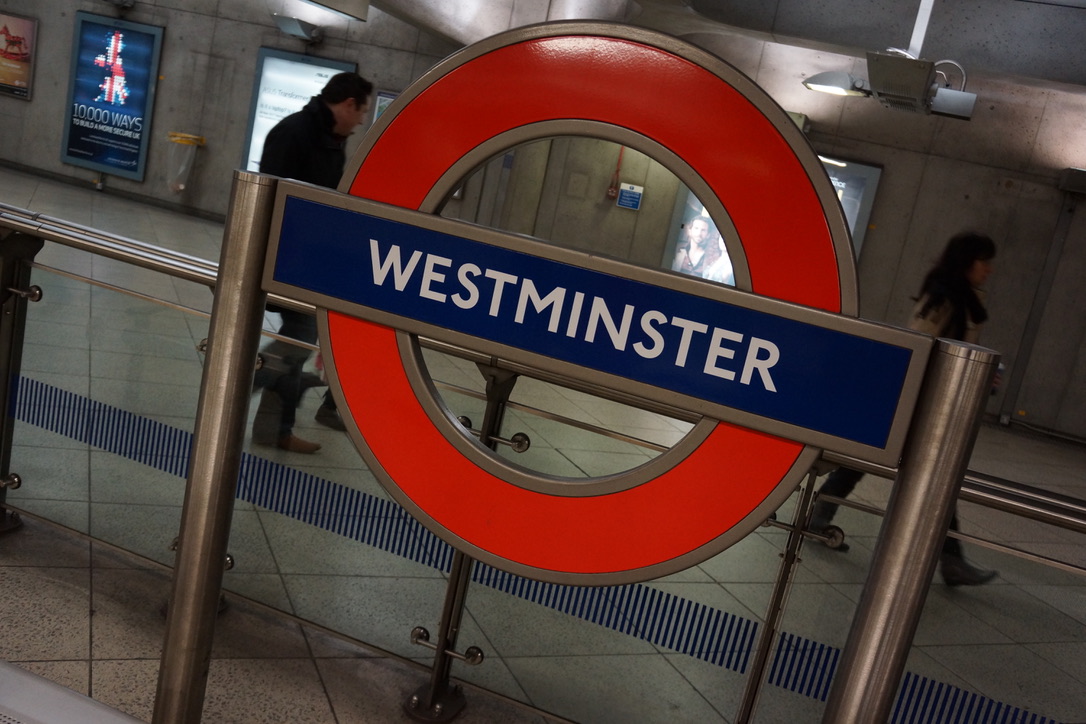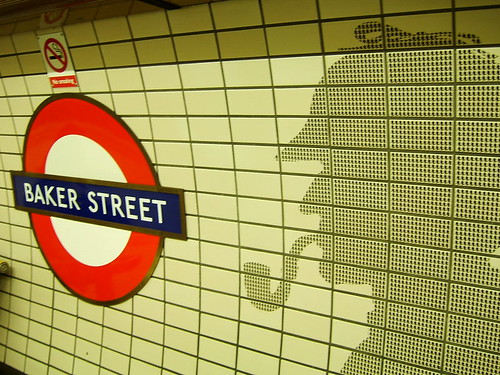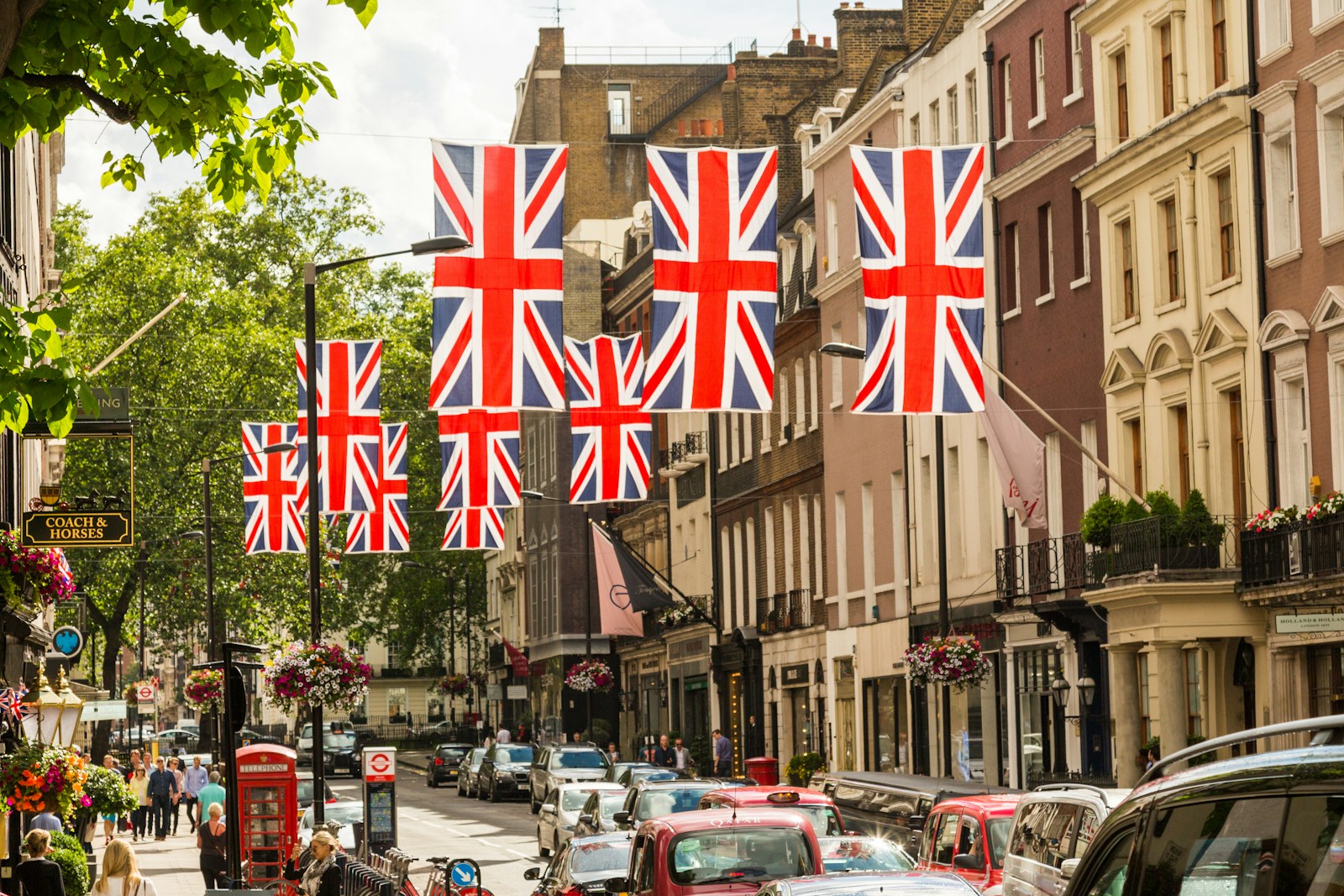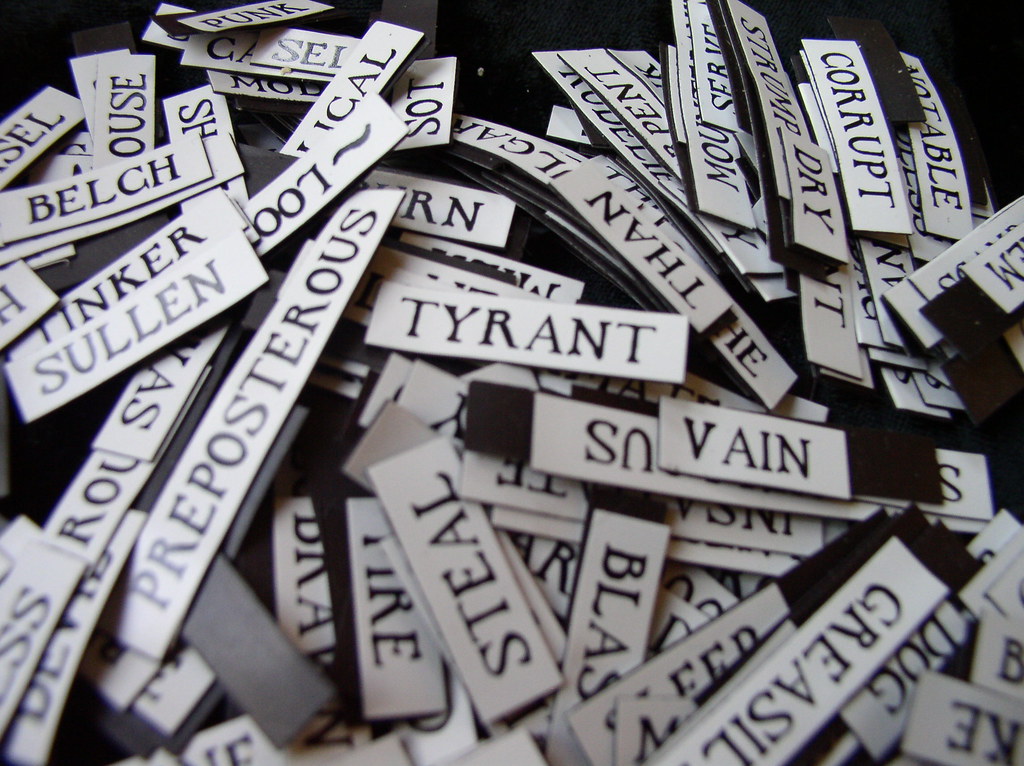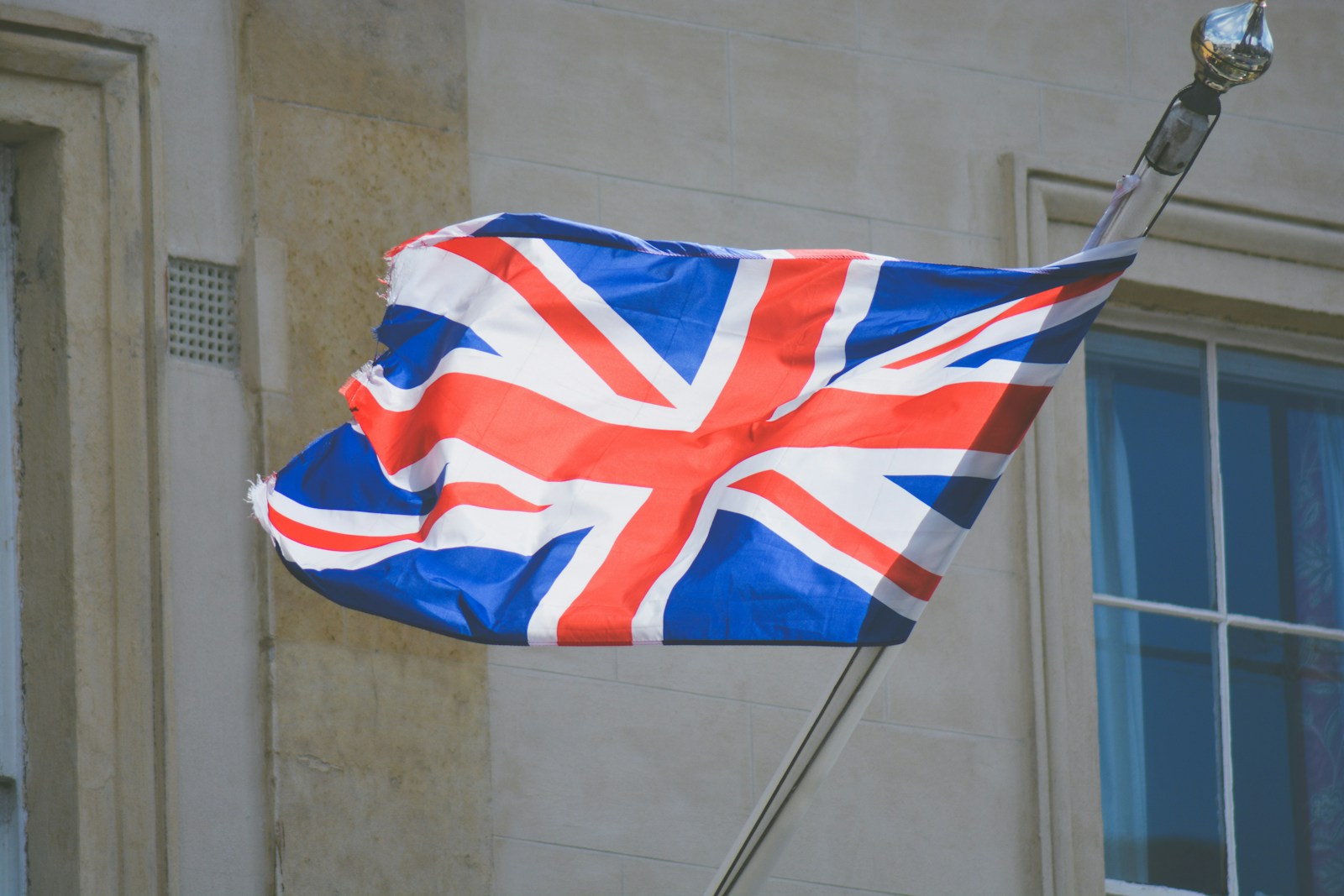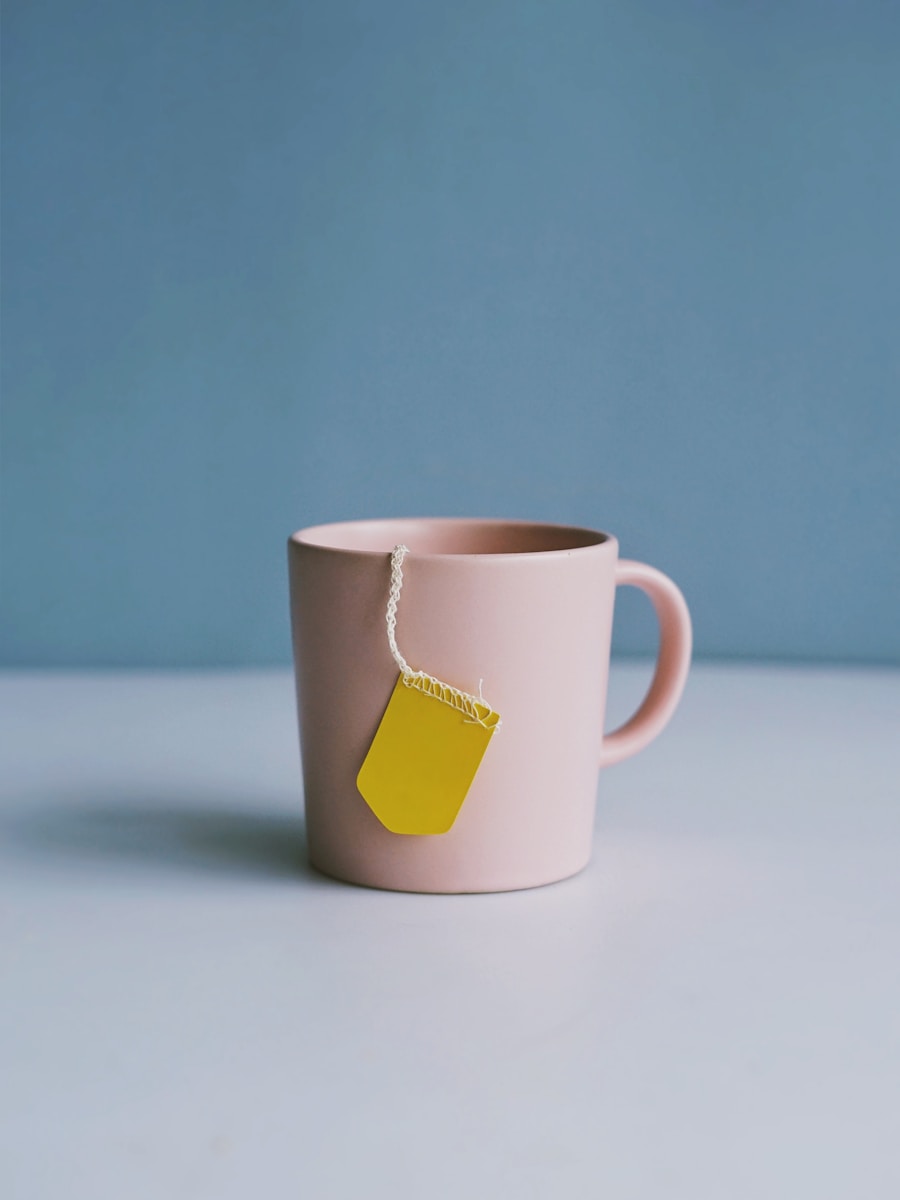
Exploring the Hidden Gems of Britain: Weekend City Breaks You’ll Love
When you think of a city break in Britain, London often springs to mind. The iconic sights, the bustling atmosphere, and the endless activities can make it hard to look beyond the capital. However, there’s an entire treasure trove of vibrant cities across the UK that locals rave about. From charming architecture to rich history and mouthwatering cuisine, these destinations offer unique experiences that rival the hustle and bustle of London. Grab your weekend bag and let’s explore some of the best alternatives.
Brighton: The Seaside Escape
Firstly, let’s head south to Brighton, a city that captures the spirit of British seaside culture. Known for its pebbled beach, colorful beach huts, and the iconic Brighton Pier, the city is a haven for those looking to unwind by the sea.
Vibrant Culture and Nightlife
Brighton is famed for its eclectic arts scene. Stroll through the North Laine area, where independent shops, cafes, and galleries await. If you’re in the mood for some nightlife, the city comes alive after dark with its numerous pubs and clubs. The LGBTQ+ scene is particularly welcoming, and there are plenty of events throughout the year, including the famous Brighton Pride.
Foodie Paradise
Food lovers will feel right at home in Brighton. The food scene is diverse, with everything from fish and chips to gourmet vegan options. Don’t miss out on trying the local fish at one of the many seaside restaurants or grabbing a cupcake at a quirky café. The Brighton Food Festival, held annually, showcases the best of local food, so plan your visit accordingly!
Edinburgh: History and Haggis
Next up is Scotland’s capital, Edinburgh, a city that feels like a page out of a storybook. With its historic architecture, stunning landscapes, and rich culture, it’s a must-visit for anyone seeking a weekend adventure.
Historic Sites
The majestic Edinburgh Castle dominates the skyline and is a great starting point for your explorations. From there, wander down the Royal Mile, soaking in the atmosphere and visiting the various shops and attractions. Be sure to check out the Palace of Holyroodhouse, the official residence of the Queen in Scotland, which offers a glimpse into royal life.
Festivals and Events
Edinburgh is famous for its festivals, especially the Edinburgh Festival Fringe, the world’s largest arts festival. If you’re lucky enough to visit in August, you’ll be treated to an explosion of performances, from theatre and comedy to music and dance. Even outside of festival season, there’s always something happening in this vibrant city.
Bristol: The Creative Hub
Bristol, located in the southwest of England, has been gaining popularity in recent years and for good reason. It’s a city bursting with creativity and character, making it an ideal spot for a weekend getaway.
Art and Street Culture
Bristol is known for its thriving street art scene, with Banksy being one of its most famous proponents. Take a walking tour to appreciate the incredible murals that adorn the city’s walls. The Harbourside area is another must-visit, offering a blend of culture and leisure with galleries, restaurants, and museums.
Sustainable Living
What sets Bristol apart is its commitment to sustainability. The city is filled with eco-friendly eateries and shops. Don’t miss out on visiting the food market on St. Nicholas Market, where you can indulge in local delicacies while supporting small businesses.
Manchester: The Northern Powerhouse
Manchester is a city that has undergone a remarkable transformation in recent years. Known as the birthplace of the Industrial Revolution, it now boasts a lively atmosphere and a diverse cultural scene.
Music and Nightlife
The city is famous for its music scene, having produced iconic bands like Oasis and The Smiths. Catch a gig at one of the many live music venues, or explore the Northern Quarter, known for its indie shops and hip bars. Manchester’s nightlife is vibrant, with offerings to suit every taste—from laid-back pubs to high-energy nightclubs.
Sports Fanatics Welcome
If you’re a sports enthusiast, you’ll be pleased to know that Manchester is home to two of the biggest football clubs in the world: Manchester United and Manchester City. Take a tour of Old Trafford or the Etihad Stadium for a behind-the-scenes look at these iconic sports venues.
York: A Journey Through Time
For a different kind of city break, consider York. This historic city is perfect for those who love medieval charm and fascinating history. With its cobbled streets and stunning architecture, York feels like stepping back in time.
Wander the Walls
Start your visit by walking along the ancient city walls, which offer panoramic views of the city. The Shambles, a picturesque street lined with timber-framed buildings, is a highlight and is often regarded as one of the best-preserved medieval streets in Europe.
Cultural Experiences
No visit to York would be complete without exploring its rich history. The Jorvik Viking Centre offers an interactive experience that takes you back to the Viking Age, while the York Minster, one of the largest cathedrals in Northern Europe, is a breathtaking sight.
Cardiff: The Capital of Wales
Cardiff may not be the first city that comes to mind, but this vibrant capital of Wales is full of surprises. It’s a city that blends modernity and tradition seamlessly, making it an exciting destination.
Cultural Richness
Visit the impressive Cardiff Castle, which offers a glimpse into the city’s history. After exploring the castle, head to the National Museum Cardiff to delve deeper into Welsh art and history. The city’s waterfront at Cardiff Bay is also a great area to relax, with plenty of dining options and stunning views.
Sporting Events
If you’re a sports fan, Cardiff is home to the Principality Stadium, where you can catch a rugby match or a concert. The passionate atmosphere during events is something you don’t want to miss!
Conclusion: The Open Road Awaits
These city breaks offer a refreshing alternative to the hustle and bustle of London, showcasing the diverse culture, history, and beauty found throughout Britain. Whether you’re seeking a relaxing seaside escape, a cultural deep dive, or a lively night out, there’s a perfect weekend destination waiting for you. So why not step out of London’s shadow and explore everything these incredible cities have to offer? The open road is calling—your next adventure awaits!

